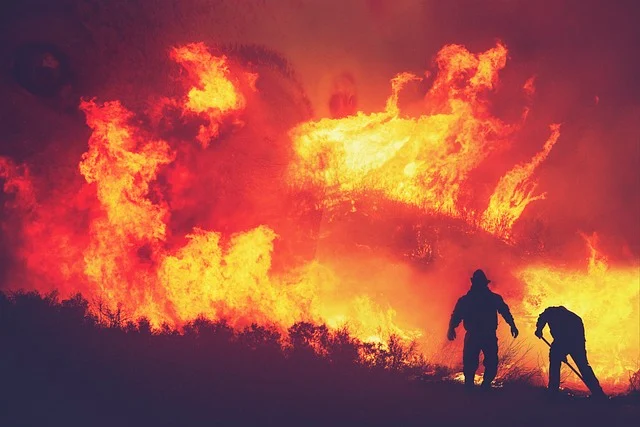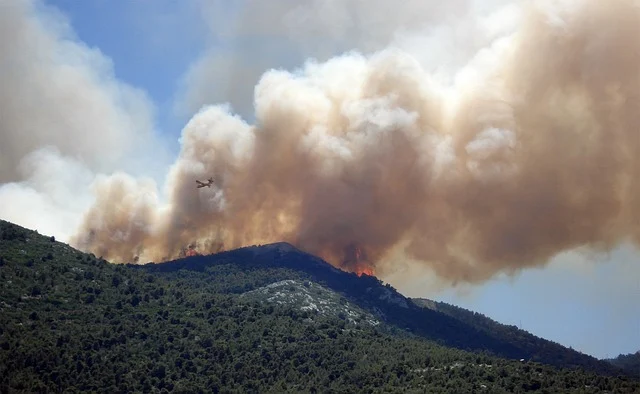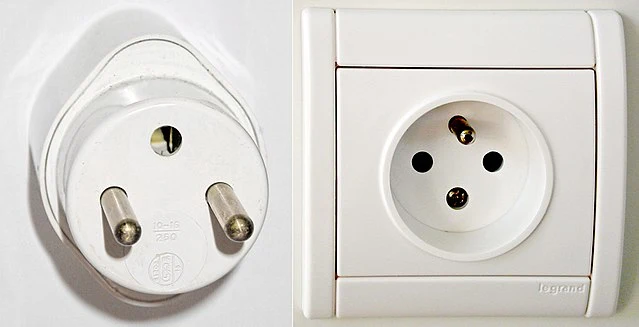Surviving Fire Catastrophes While Traveling in Hawaii
The recent brush fires that ravaged Hawaii highlight the importance of fire safety when traveling. As a popular tourist destination known for its beautiful beaches, lush rainforests, and active volcanoes, Hawaii is unfortunately also prone to destructive wildfires. When visiting this paradise, it's crucial to be prepared in case an emergency fire situation arises during your travels.
Having grown up in Hawaii, I have first-hand experience with the threat of wildfires and how to protect myself and my family when disaster strikes. The 2018 Lower Puna eruption that destroyed over 700 homes was especially impactful. As fires rapidly spread through residential areas, many travelers and residents alike were caught off guard without an evacuation plan. By learning from my own experiences and the lessons of past Hawaii fires, I hope to provide helpful advice to stay safe in the event of future catastrophes.
Be proactive - monitor the news and weather
The first step is staying aware of any fire threats before they occur. This is especially important during Hawaii's dry summer months when brush fires are most likely. Check the local news and weather forecasts daily, looking for any Fire Weather Watches or Red Flag Warnings issued. High winds, low humidity, and warm temperatures all raise the fire danger significantly. Sites like Honolulu's NWS office provide updates on weather conditions. Know the specific area you are staying in and keep an eye out for warnings. If fires are likely, prepare to leave at a moment's notice.
Have an evacuation plan and emergency kit ready
Don't wait until the flames are visible - have an evacuation plan lined up the moment a fire is reported near your area. Identify at least two exit routes from your lodging and familiarize yourself with directions to leave safely. Saving maps offline on your phone is wise in case the internet and GPS fail. Have your rental vehicle filled with gas and facing the exit.
Keep an emergency go-bag stocked with essentials like clothing, medication, dust masks, flashlights, food, and water. Copies of your passport and ID should be included too. For air quality protection, a N95 respirator mask is ideal. Use duct tape to seal any gaps for optimal filtration. A portable battery or solar charger will keep devices powered up if electricity is cut. With an evacuation plan and emergency bag ready, you can leave quickly if evacuations are mandated.
Follow all evacuation orders and alerts
Hawaiian authorities will issue alerts through various channels if evacuations are necessary - heed these warnings immediately. Mandatory evacuation orders are for your own safety as conditions will soon become too hazardous. An untimely decision to stay or gather more belongings can be fatal. Alerts are often sent via text message, television, and radio. Sign up for local emergency text alerts if possible.
If you're near an active lava flow, pay very close attention to Hawaii County Civil Defense messages which provide specific instructions. Their team has extensive experience safely guiding residents through volcanic events. Don't attempt to outrun or divert lava yourself - follow official directions precisely. Have any supplies or belongings you need to take with you prepared ahead of time to leave rapidly if lava threatens your lodging.
Practice fire safety while sheltering in place
If unable to evacuate yet, there are defensive steps to protect yourself until escaping is possible. Close all windows and doors to prevent embers from blowing inside. Remove flammable items like patio furniture cushions from around the exterior. Turn off any natural gas, propane, or fuel lines to structures if able. Filling sinks and tubs with water provides an emergency supply if water service is disrupted.
Stay tuned to alerts for changing conditions. If smoke builds inside despite closed windows, breathing through a wet cloth can help filter particles. It's advisable to stay low to the ground where the air may be cleaner. Have your emergency kit and go-bag nearby so you can depart immediately if ordered. Never try to outrun a fire on foot - flames can spread unpredictably fast, cutting off routes. Evacuate early while roads remain passable if at all possible.
Drive safely if evacuating through a fire
If evacuating through an active fire zone, take every precaution to reach safety. Roll up windows and close vents to keep embers out. Drive slowly with headlights on high-beam so you can see through any smoke. Watch for other vehicles, pedestrians, and emergency crews which may be barely visible. Do not drive through flames - turn around to find an alternate route or wait for the firefront to pass if trapped.
If the vehicle starts to overheat, turn on hazard lights and pull over, ensuring you're not blocking the road. Exit carefully and move well away, covering your mouth with a dry cloth to breathe. Lay flat if necessary until the fire moves past. Engines can be replaced, but lives cannot. Follow all road closures and traffic directions - officials are guiding vehicles away from unsafe areas. Keep tuned to local radio for evacuation routes and safety updates.
Practice good fire sense when hiking or camping
Many wildfires in Hawaii start from human causes, so practice fire safety when enjoying the islands' natural areas. Never light campfires during dry conditions when a stray spark could ignite a blaze - use camp stoves instead. When Extinguishing any smoking materials fully and dispose of properly, never toss butts out a window. Avoid driving over or parking on dry vegetation that could touch your hot exhaust pipe.
When hiking, stick to established trails and away from excessively dry areas. Take a map and make sure someone knows your expected route and return time. Watch for potential flare-ups ahead on the trail and have an alternate plan. Change direction or even backtrack if you smell smoke or see billowing plumes. Carry plenty of water plus a flashlight, whistle, and protective cloth. Use extreme caution handling any flammable materials like stove fuel in forested areas.
Have an emergency plan for all scenarios
Fire conditions can deteriorate rapidly, so thoughtful emergency plans are key. Know where to receive alerts, have supplies ready to go, identify evacuation routes, and understand fire safety. Avoid panic and dangerous situations by preparing for diverse scenarios ahead of time. Review plans with your family or travel group. Check-in with neighbors who may need assistance. Though dire, even fast-moving blazes can be survived with practical preparation and prompt responsible action.
Though no one expects catastrophe on a Hawaiian getaway, being ready can save lives if disaster strikes. Following the guidance of officials and taking common-sense precautions gives you the best ability to stay safe. Hawaii is still a beautiful place to make treasured memories, even under the unlikely threat of wildfires. Aloha!









